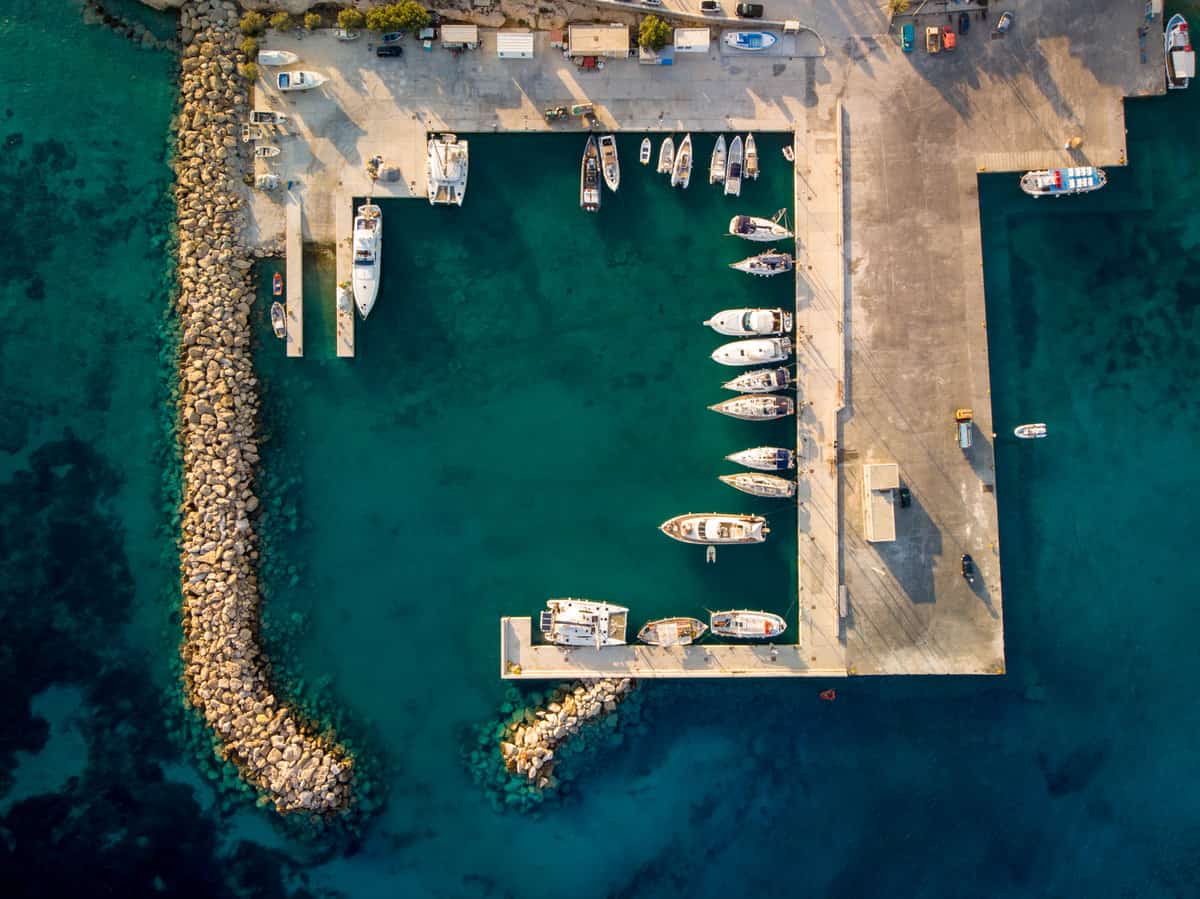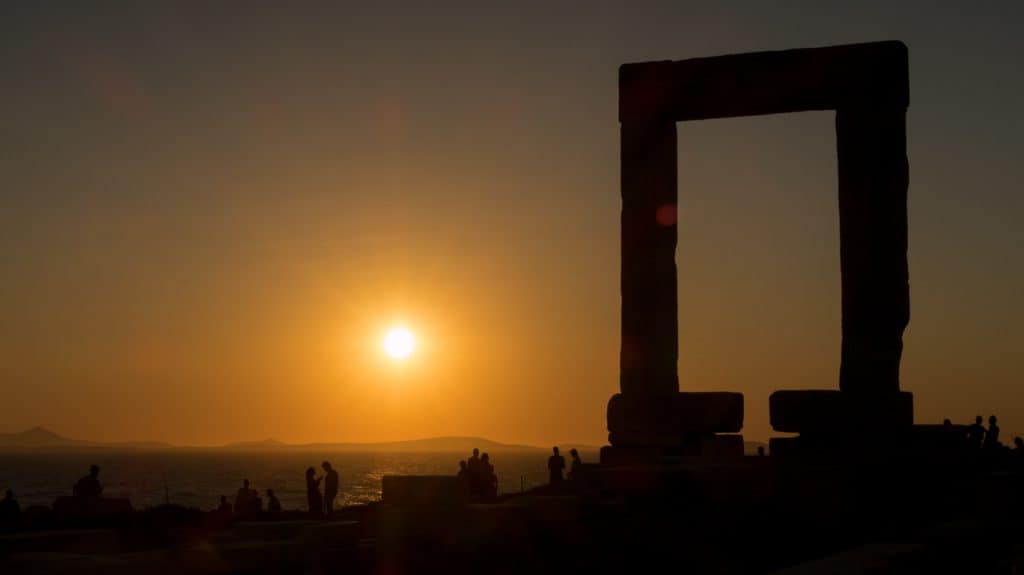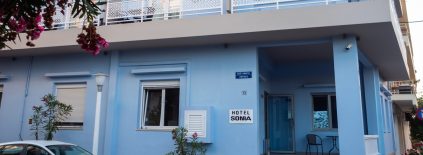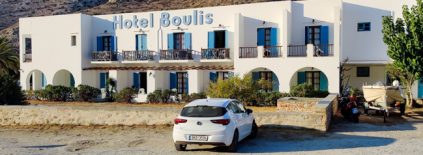Introduction
As a supplement to our Island-Hopping guide, which covers the essentials for planning a multi-destination Greek holiday, I thought a deeper dive into itinerary planning would be beneficial. Many travellers frequently ask about the best island combinations for a practical and enjoyable trip, especially on the excellent TripAdvisor Greece forums, where I regularly contribute. Here, I’ll explain the key factors to consider when planning your itinerary.

1. Contrast
A key aspect of island-hopping is the desire to experience a variety of destinations during your Greek vacation. Otherwise, you might as well stay in one place and save the time and expense of travelling. While many Greek islands share fundamental features like stunning beaches, delicious food, fascinating history, and vibrant culture, each island has its own unique charm and nuances. Some are rich in archaeological sites, others hold religious significance, and some are idyllic paradises for sun-seekers.
Understanding what you want from your holiday helps you choose islands that offer the experiences you seek, focusing your island-hopping adventure.
Geographically close islands often share similar vibes, which you need to balance against the cost and travel time to more distant islands for greater contrast. For instance, Naxos and Paros are quite similar. While I appreciate both islands and wouldn’t call them identical, I often suggest visitors pick one rather than both. You can achieve a better contrast by visiting nearby islands like Amorgos, Koufonissi, Ios, or even Mykonos (though I hesitate to recommend it).

2. Convenience
As I alluded to in the previous section, contrast tends to come at the expense of convenience. The bigger the distance in islands you want to ‘hop’ between, the longer and, typically, more expensive the journey becomes. Do this too much, and your trip will start to feel laborious instead of exhilarating.
If you want to maximize convenience, it’s worth learning some Greek ferry routes. I’ve yet to find a decent online resource that lists or maps the routes comprehensively–probably because they can change each year–but FerryHopper comes closest. If you search for tickets between islands that aren’t adjacent (or that start/finish on the mainland, typically Piraeus), then click the green ‘i’ icon on any result, it shows the route that the chosen ferry takes:


This is useful information, as it allows you to plan stops along the ferry’s path, knowing there is a direct link between the islands. Multiple ferry companies will often serve the same or a similar set of islands, but it’s always best to check. The more connections there are between places you want to visit, the more choices you’ll have when you travel. More importantly, it also provides some safeguards against getting stuck if your chosen ferry gets delayed or cancelled.
In bad weather conditions, smaller or high-speed ferries are more susceptible to cancellation than larger, slower vessels, so it’s also worth checking if the route offers a mix of large and small boats or just high-speed services. If you’re not sure whether a boat is large or small, there’s a couple of ways to check:
- Google the ship’s name and look at the image results. Often, you can tell how large a ferry is just by looking at it.
- Use a website like MarineTraffic. Search the ship’s name again and view its details. For example, Seajets’ Super Jet is a small, high-speed craft. Its dimensions are 42 metres in length by 10 metres wide. By comparison, Blue Star Delos is a large conventional (i.e. slower) vehicle ferry, and its dimensions are 145 metres long and 22 metres wide.
Similarly, you can tell whether a ferry is high-speed or slower in a couple of fairly reliable ways:
- Use FerryHopper to search for your desired journey and look at the journey times between the different results. For example, in the screenshot above, both Seajet ferries reach Santorini in just under five hours, whereas Blue Star Delos takes a little over seven hours. The latter is a conventional ferry, and the Seajet ones are high-speed. (Note: this may not always be true if the boats take a different route, but it’s fairly reliable).
- Look at the difference in price between the results from the same FerryHopper search. In recent years, high-speed ferries have become increasingly expensive, partly due to fuel costs but also to profit from the increased popularity of Greek Island vacations. If you see a big gap in the cost, the cheaper results are nearly always conventional ferries, and the most expensive are high-speed.
3. Cost
When island-hopping, cost comes into play in two major ways: the frequency of your island moves and the type of ferries you choose. While I touched on ferry choices earlier, it’s worth emphasizing that you can save significantly by opting for conventional ferries over high-speed ones whenever possible. Though a slower ferry might delay your arrival by a few hours, the savings can be substantial, especially for larger groups. Plus, the leisurely pace of a conventional ferry offers the delightful experience of sitting on the open deck with a cool drink, wind in your hair, and sun on your face. It’s a perfect time to reflect on your journey and anticipate your next destination.
The frequency of moving between islands, which we covered in our main Island-Hopping guide, greatly impacts your budget and overall experience. Your pace—whether you prefer an action-packed itinerary or a more relaxed journey—depends on personal preference. Each move involves ferry tickets and at least 3-4 hours of packing, travel to the port, the ferry journey, and settling into your new hotel.
Staying on fewer islands can be more economical. However, it’s important to consider that some islands are pricier than others. For instance, Santorini is known as the most expensive Greek island, with high costs for accommodation and dining. Limiting your stay there to 3 to 4 nights and then moving to a more affordable island can help stretch your budget further.





